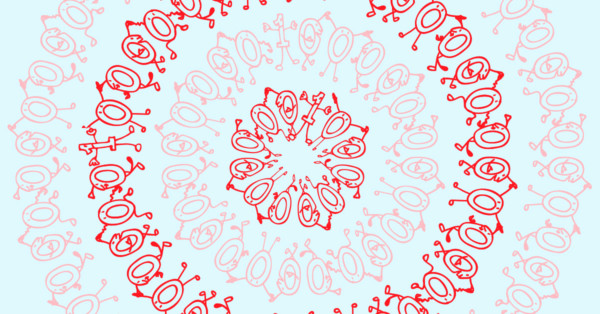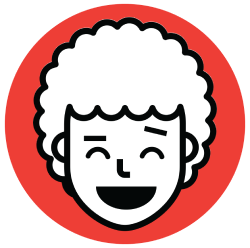Parents, here’s a fun discussion point you can cover when mathing with your kids! Have you ever wondered how many grains of sand there are on the beach? If you tried to count them, would it be possible to ever get to the end? At the beach, we see so many little grains of sand that the quantity (“how many”) may seem infinite (goes on and on without ending).
The truth is, at any given instant in time, there’s a finite (with an end) number of grains of sand on the beach. So yes, though it may take a long, long, long time, it is theoretically possible to count all the grains of sand on a beach. It also goes without saying that this number would be very, very large!
Though thinking about extremely large quantities of things may be a little overwhelming, don’t let the size of these numbers intimidate you! Bigger numbers are simply made up of smaller numbers:
For instance, one million (1,000,000) can also be thought of as 1,000 thousands.
A billion (1,000,000,000) is a million thousands. The prefix bi means “two” and indicates two sets of 1,000 thousands: 1,000 1,000 thousands
A septendecillion, which looks like a one followed by 54 zeroes, is 10 multiplied by itself 54 times. The prefix sept means “seven” and indicates seven sets of 1,000 thousands:
1,000 1,000 1,000 1,000 1,000 1,000 1,000 thousands
Consider that there are an estimated 7,404,976,783 (seven billion, four hundred and four million, nine hundred seventy-six thousand, seven hundred eighty-three) people in the world today! Now think about how many people there are in your neighborhood. When you think of the world as composed of groups of people living life in communities of different sizes, it’s not as overwhelming. The total amount is still very large—but your perspective has made the number more manageable.
Of course, there are also quantities that are very, very small. Take a single grain of sand on a beach, for instance. The average round grain of sand is one-fourth of a millimeter (1/1000 of a meter) in diameter. Compare this to a dime, which is about 18 millimeters in diameter. The head of a pin is about 2 millimeters across. Also, most bacteria, which are invisible to the naked eye, are only a few micrometers long (1,000 micrometers = 1 millimeter). Now that’s really small!
What’s the smallest thing in your everyday life? The biggest?

 877-601-6284
877-601-6284 877-601-6284
877-601-6284
















